Amarok's Song - The Journey to Nunavut (1998)
Genre : Documentary
Runtime : 1H 15M
Director : Martin Kreelak, Ole Gjerstad
Synopsis
In this feature-length documentary, three generations of the Caribou Inuit family come together to tell the story of their journey as Canada's last nomads. From the independent life of hunting on the Keewatin tundra to taking the reins of the new territory of Nunavut on April 1, 1999, we see it all. The film is the result of a close collaboration between Ole Gjerstad, a southern Canadian, and Martin Kreelak, an Inuk. It's Martin's family that we follow, as the story is told through his own voice, through those of the Elders, and through those of the teens and young adults who were born in the settlements and form the first generation of those growing up with satellite TV and a permanent home.

A weekend at a marquis’ country château lays bare some ugly truths about a group of haut bourgeois acquaintances.
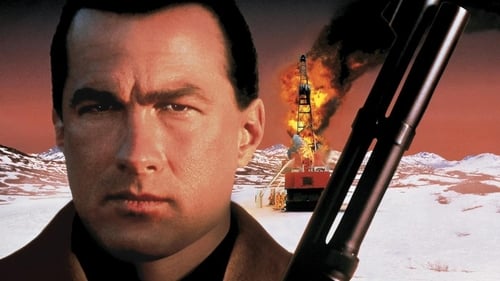
Forrest Taft is an environmental agent who works for the Aegis Oil Company in Alaska. Aegis Oil's corrupt CEO is the kind of person who doesn't care whether or not oil spills into the ocean or onto the land—just as long as it's making money for him.
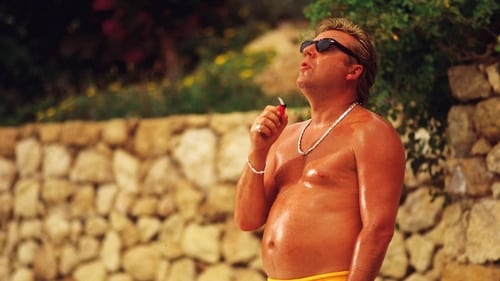
Ex-safecracker Gal Dove has served his time behind bars and is blissfully retired to a Spanish villa paradise with a wife he adores. The idyll is shattered by the arrival of his nemesis Don Logan, intent on persuading Gal to return to London for one last big job.

A "National Geographic" film crew is taken hostage by an insane hunter, who takes them along on his quest to capture the world's largest - and deadliest - snake.
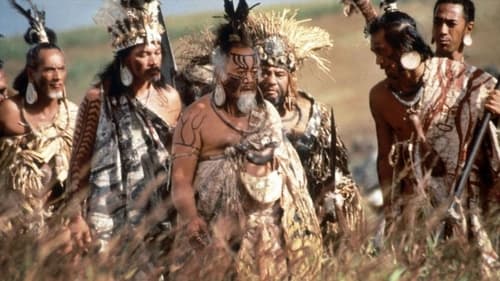
Inter-tribal rivalry leads to a competition to erect a huge statue (moai) in record time before Make can take part in the race to retrieve the egg of a Sooty Tern. The reward for winning this race is to rule the island for one year.
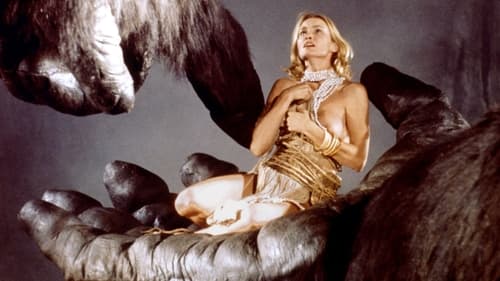
In this remake of the 1933 classic, an oil company expedition disturbs the peace of a giant ape and brings him back to New York to exploit him.
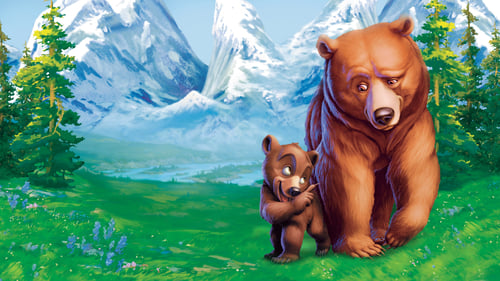
When an impulsive boy named Kenai is magically transformed into a bear, he must literally walk in another's footsteps until he learns some valuable life lessons. His courageous and often zany journey introduces him to a forest full of wildlife, including the lovable bear cub Koda, hilarious moose Rutt and Tuke, woolly mammoths and rambunctious rams.

After a bizarre and near fatal encounter with a serial killer, a newswoman is sent to a rehabilitation center whose inhabitants may not be what they seem.

Robinson Crusoe flees Britain on a ship after killing his friend over the love of Mary. A fierce ocean storm wrecks his ship and leaves him stranded by himself on an uncharted island. Left to fend for himself, Crusoe seeks out a tentative survival on the island, until he meets Friday, a tribesman whom he saves from being sacrificed. Initially, Crusoe is thrilled to finally have a friend, but he has to defend himself against the tribe who uses the island to sacrifice tribesman to their gods. During time their relationship changes from master-slave to a mutual respected friendship despite their difference in culture and religion.

When a local man's corpse appears on a nearby hillside, no one is quite sure what happened to him. Many of the town's residents secretly wonder if they are responsible, including the man's ex-wife, Jennifer, and Capt. Albert Wiles, a retired seaman who was hunting in the woods where the body was found. As the no-nonsense sheriff gets involved and local artist Sam Marlowe offers his help, the community slowly unravels the mystery.
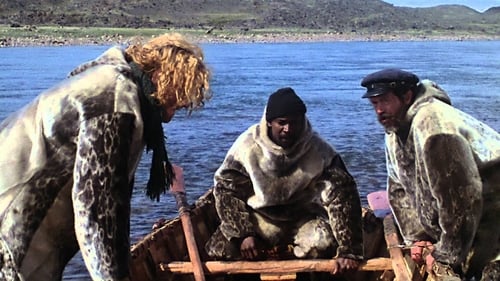
In 1896, three survivors of a whaling ship-wreck in the Canadian Arctic are saved and adopted by an Eskimo tribe but frictions arise when the three start misbehaving.

Incident at Restigouche is a 1984 documentary film by Alanis Obomsawin, chronicling a series of two raids on the Listuguj Mi'gmaq First Nation (Restigouche) by the Sûreté du Québec in 1981, as part of the efforts of the Quebec government to impose new restrictions on Native salmon fishermen. Incident at Restigouche delves into the history behind the Quebec Provincial Police (QPP) raids on the Restigouche Reserve on June 11 and 20, 1981. The Quebec government had decided to restrict fishing, resulting in anger among the Micmac Indians as salmon was traditionally an important source of food and income. Using a combination of documents, news clips, photographs and interviews, this powerful film provides an in-depth investigation into the history-making raids that put justice on trial.
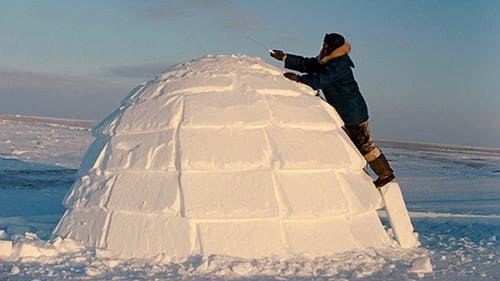
This classic short film shows how to make an igloo using only snow and a knife. Two Inuit men in Canada’s Far North choose the site, cut and place snow blocks and create an entrance--a shelter completed in one-and-a-half hours. The commentary explains that the interior warmth and the wind outside cement the snow blocks firmly together. As the short winter day darkens, the two builders move their caribou sleeping robes and extra skins indoors, confident of spending a snug night in the midst of the Arctic cold!

THROAT SONG takes place in the icy landscape of Iqaluit, Nunavut, a small town in the Canadian Arctic. Ippik, a young Inuit woman, is silently suffering from the pains of an abusive relationship. Lost in a community that's been tragically separated from its past, Ippik begins to connect with other victims of violence and seeks to reclaim her voice.

A documentary on the massacre of Planas in the Colombian east plains in 1970. An Indigenous community formed a cooperative to defend their rights from settlers and colonists, but the government organized a military operation to protect the latter and foreign companies.

Animated Canadian film.

Mayan Renaissance is a feature length film which documents the glory of the ancient Maya civilization, the Spanish conquest in 1519, 500 years of oppression, and the courageous fight of the Maya to reclaim their voice and determine their own future, in Guatemala and throughout Central America. The film stars 1992 Nobel Peace Laureate and Maya Leader Rigoberta Mencu Tum. All of the images, voices, expert commentary and music in the film come directly from Central America, the heart of the Mayan World.

It is late autumn and the Eskimos travel through soft snow and build karmaks, shelters with snow walls and a roof of skins, in the river valley. The geese are gone but some musk-ox are seen. The man makes a toy sleigh from the jawbones of a caribou and hitches it to a puppy. Next day the women gather stocks of moss for the lamp and the fire. The men fish through the ice with spears. The woman cooks fish while the men cache the surplus. Then the family eats in the karmak. The men build an igloo and the household goods are moved in. They begin the complicated task of making a sleigh, using the skins from the tent, frozen fish, caribou antlers and sealskin thong. The woman works at a parka, using more caribou skin, and the children play. Now the sled is ready to load and soon the family is heading downriver to the coast.

The time is early autumn. The woman wakes and dresses the boy. He practices with his sling while she spreads a caribou skin to dry. The boy picks berries and then the men come in their kayak with another caribou. This is skinned, and soon night falls. In the morning, one man leaves with his bow while the other makes a fishing mannick, a bait of caribou meat. The woman works at the skins, this time cleaning sinews and hanging them to dry. The man repairs his arrows and then sets a snare for a gull. The child stones the snared gull and then plays hunter, using some antlers for a target. His father makes him a spinning top. Two men arrive at the camp and the four build from stones a long row of manlike figures, inukshult, down toward the water. They wait for caribou and then chase them toward the stone figures and so into the water where other men in kayaks spear them. The dead animals are floated ashore and skinned.

Two Eskimo families travel across the wide sea ice. Before night falls they build small igloos and we see the construction in detail. The next day a polar bear is seen basking in the warming sun. A woman lights her seal oil lamp, carefully forming the wick from moss. The man repairs his snow goggles. Another man arrives dragging a polar bear skin. The boy has made a bear-shaped figure from snow and practices throwing his spear. Then he tries his bow. Now, with her teeth, the woman crimps the sole of a sealskin boot she is making. The men are hunting seal through the sea-ice in the bleak windy weather. The wind disturbs the "tell-tales," made of eider down or a hair loop on a bone, that signal when a seal rises to breathe. A hunter strikes, kills and drags his catch up and away. At the igloo the woman scrapes at a polar bear skin and a man repairs a sled. In the warming weather the igloo is topped with furs and a snow shelter is built to hide the sled from the sun.














